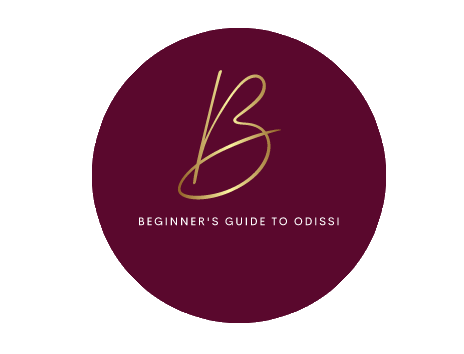The eight Indian Classical Dance forms originate from the Natya Shastra (written between 200 B.C.E. and 200 C.E.). This is a treatise or composition that details all aspects of the Sanskrit Theater. Particularly in dance, the Natya Shastra describes how one should move their body such that it looks very artistic and aesthetically pleasing from the audience’s view. The eight Indian classical dance forms also place a lot of emphasis on the facial expression taken from the bhavas (emotions such as love, humor, energy, anger, fear, grief, disgust, and astonishment) and rasas (emotional responses such as love, pity, anger, disgust, heroism, awe, terror and comedy) noted in Natya Shastra.
The Eight Indian Classical Dance Forms originate from ALL across India:
- Kathak from Uttar Pradesh (North India)
- Sattriya from Assam (North East India)
- Manipuri from Manipur (North East India)
- Odissi from Odisha (East India)
- Kuchipudi from Andhra Pradesh (South East India)
- Bharatanatyam from Tamil Nadu (South India)
- Kathakali from Kerala (South India)
- Mohiniyattam from Kerala (South India)
In this guidebook, we will focus on the history and origination of one of the eight Indian classical dance forms, Odissi.
